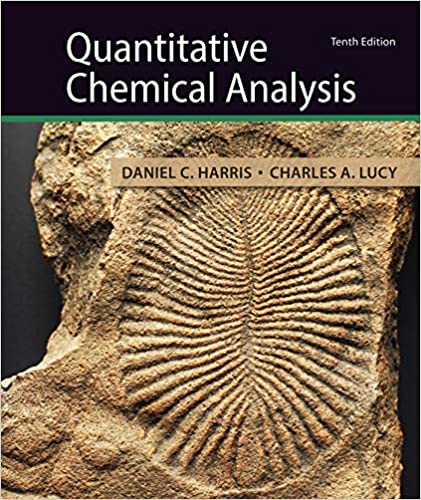End point indicators
The most obvious example is a pH indicator used to determine end point of the acid-base titration. Close to the equivalence point pH changes very rapidly, usually by at least 3-4 pH units per drop of titrant added. That's enough for many indicators to change their color completely (as a rule of thumb you may remember that change of pH by 2 units is usually enough for a complete change of color). See pH indicator table for examples.
Similar situation takes place in the case of a potentiometric titration. Redox indicators are substances that change their color depending on the solution redox potential. Near equivalence point change of redox potential of the solution is often in the range of 0.3-0.4 V. Rule of thumb (similar to that used for pH indicators) tells that change of 120 mV/n (where n is number of electrons required to oxidize or reduce the indicator) is in most cases enough for a color change of indicator. Examples of redox indicators are phenanthroline, diphenylamine or methylene blue.
In the case of a complexometric titration we use as indicators complexing agents that have different color when they are free in the solution, and other color when they create a complex with the titrated metal (or metal used a titrant). Similarly as in the case of pH indicators, change of pMe by 2 units is usually enough for a complete color change. Most popular indicators are eriochrome black T and murexide.
Sometimes we can use indicator that is not directly linked to the titration type. For example when we use ferrocyanide for Zn2+ precipitation titration, addition of ferricyanide before starting titration adds a redox system to the solution, and once the excess ferrocyanide appears potential changes enough for some redox indicators to change color.




